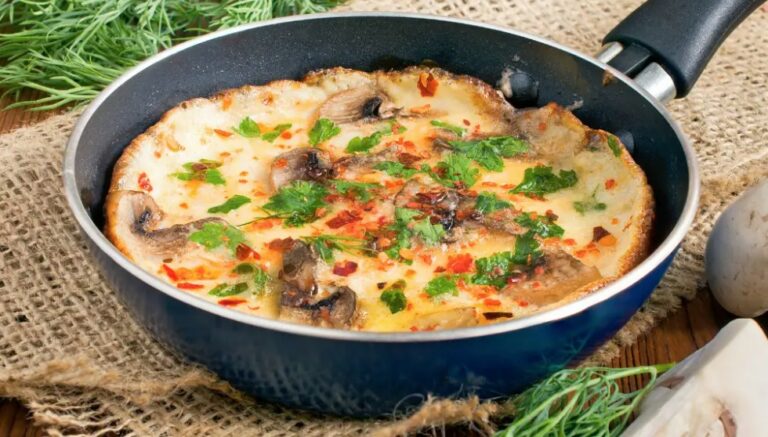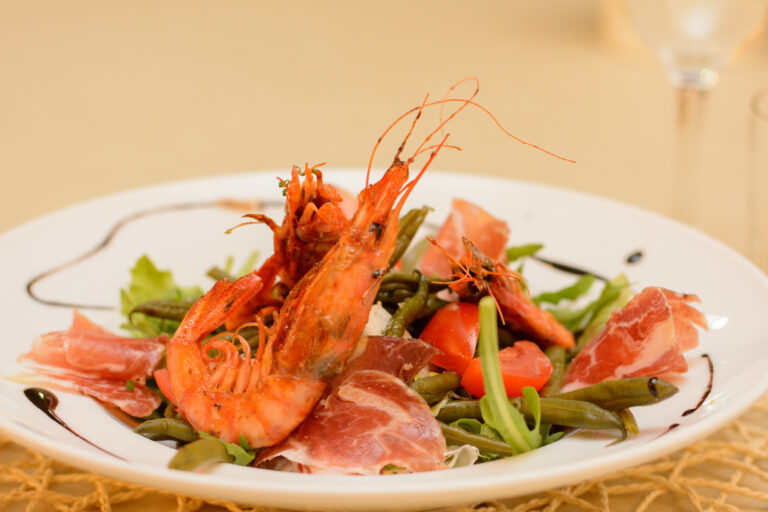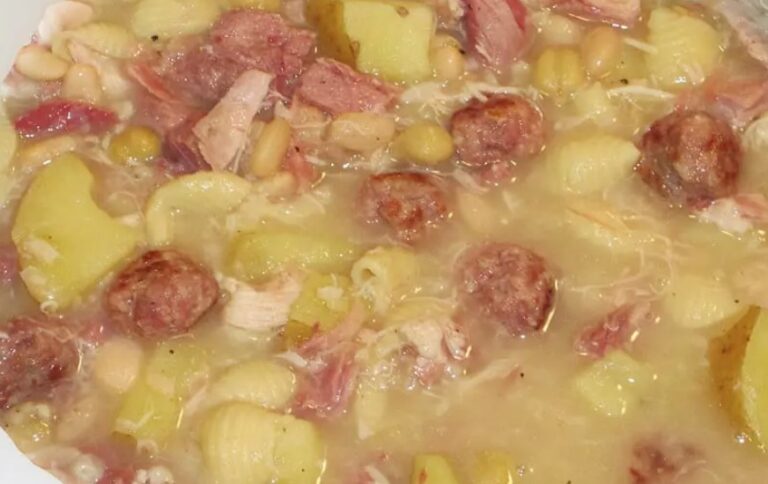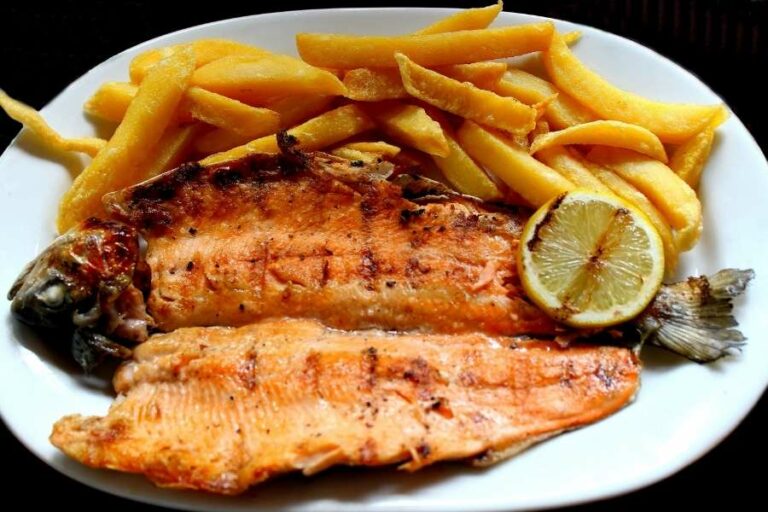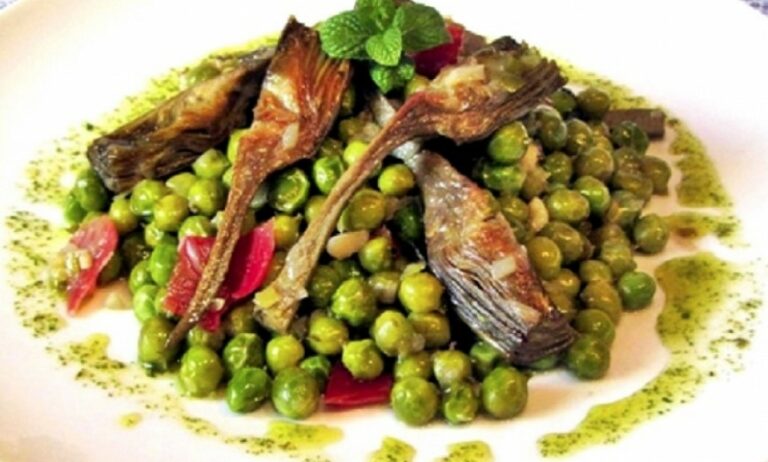Introduction: Exploring Andorran Cuisine
Andorra, located in the heart of the Pyrenees Mountains between Spain and France, is a small country with a unique cuisine influenced by both of its neighboring countries. Andorran cuisine is characterized by its simplicity, use of local ingredients, and the incorporation of traditional cooking techniques passed down from generation to generation.
A Brief Overview of Andorran Cuisine
Andorran cuisine is a blend of Spanish and French traditions with a focus on hearty mountain dishes. The cuisine is characterized by its use of local meats, such as rabbit, lamb, and pork, as well as fresh vegetables and herbs found in the region. Additionally, Andorra is known for its homemade sausages, cheeses, and wines.
The Importance of Cooking Techniques in Andorran Cuisine
Cooking techniques play a significant role in Andorran cuisine, as they help to bring out the flavors of the local ingredients and create dishes that are both hearty and delicious. The traditional cooking techniques used in Andorra have been passed down from generation to generation and have been perfected over time.
Traditional Andorran Cooking Techniques
One of the traditional cooking techniques used in Andorra is the use of open fire pits for cooking. This method of cooking involves placing meats and vegetables on skewers and cooking them over an open flame. Another traditional technique is the use of a stone oven, which is used to slow-cook meats and vegetables to tender perfection.
Grilling and Roasting: Popular Cooking Techniques in Andorra
Grilling and roasting are popular cooking techniques used in Andorra, especially for meats. Grilling is done over an open flame, while roasting involves placing the meat in an oven or over a fire. These techniques help to bring out the natural flavors of the meat and create a crispy outer layer.
Steaming and Boiling: Common Practices in Andorran Cooking
Steaming and boiling are common practices in Andorran cooking, especially for vegetables and seafood. These techniques help to preserve the natural flavors and nutrients of the ingredients, and create dishes that are both healthy and delicious.
Sous-vide and Slow-cooking: Emerging Techniques in Andorran Cuisine
Sous-vide and slow-cooking are emerging techniques in Andorran cuisine that are gaining popularity. Sous-vide involves cooking ingredients in a vacuum-sealed bag at a precise temperature, while slow-cooking involves cooking ingredients over a long period of time at a low temperature. These techniques help to create dishes that are tender and flavorful.
Conclusion: The Art of Andorran Cooking Techniques
Andorran cuisine is a blend of Spanish and French traditions with a focus on local ingredients and traditional cooking techniques. The art of Andorran cooking techniques has been perfected over generations, resulting in dishes that are both hearty and delicious. From open fire pits to sous-vide cooking, the techniques used in Andorra bring out the natural flavors of the ingredients and create dishes that are truly unique.

